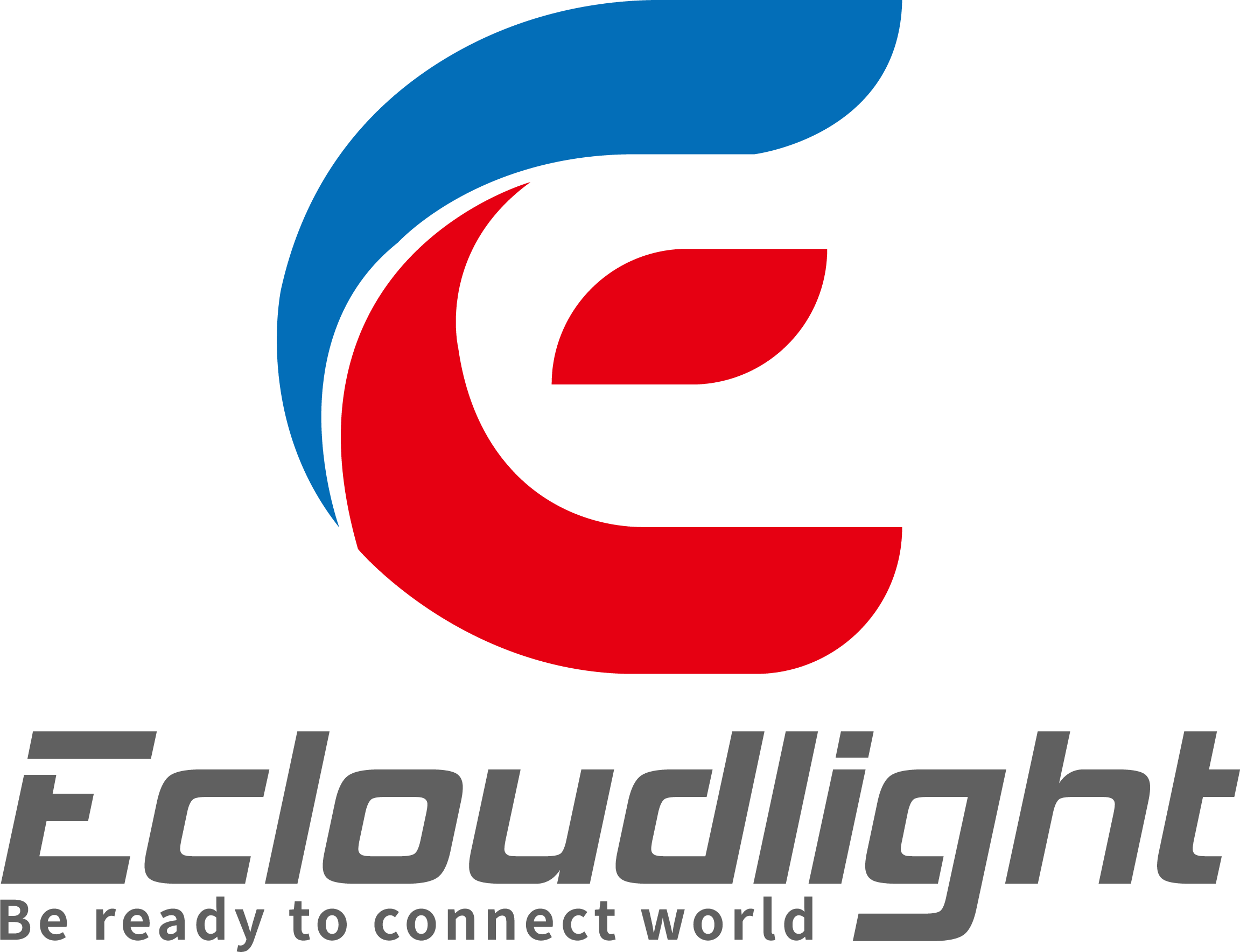What is 10G SFP+ DAC Twinax Cable?
High-speed cables are another type of optical transceiver product. Optical modules generally need to be used in pairs and use optical fiber cables as a medium to work. In many application scenarios, such as in the data center of telecommunications companies, the fiber cables on optical modules are rarely plugged or unplugged. The fiber optic cable itself is a relatively fragile product and is easily damaged. To avoid these defects, an all-in-one product, the high-speed cable, was born. There are two main categories of high-speed cables, DAC and AOC. This article will introduce the features and applications of 10G SFP+ DACs.
What is the 10G SFP+ DAC Cable?
An SFP+ Direct Attach Copper (DAC) cable is a twin axial copper cable terminated with fixed SFP+ connectors on both ends, the connectors cannot be removed. The built-in SFP+ connector module on the DAC is nearly identical to a standard SFP+ transceiver, but the DAC transmits electrical signals, so it is not equipped with a laser. In other words, the DAC is more like a combination of electrical SFP+ modules and Cat network cables, but they are fixed at both ends and the cables cannot be replaced. Thanks to this, DAC cables are more cost-effective than optical modules and patch cords of the same length. The use of DAC reduces the maintenance cost of the data center. The connection failure of cables and optical modules is one of the more common failures in data centers. As an integrated product, there is no possibility of connection failure.

Figure 1: SFP-10G-DAC 3M
What is the 10G Twinax SFP+ DAC Cable Used for?
DAC uses electrical signals to transmit data, and the transmission medium is copper cable, so its transmission distance is short, within tens of meters. A typical application of SFP+ direct attach copper is to link switches in the same cabinet in a data center, such as a top of rack architecture. It is connected to the upper layer switch by the lower layer access layer switch. In addition to common there are links from the switch to the server. An essential feature of DAC is its extremely low power consumption, which means lower power consumption and lower heat generation, so it is very suitable for high-density use in data center scenarios. The DAC transmits a large amount of data from the server to the switch device to meet the needs of the end device. In telecom equipment rooms, 10G SFP+ DACs are also widely used. Because of its lower maintenance costs, the product itself is also more cost-effective.

Fig 2: SFP+ DAC cables for ToR applications
Benefits of 10G SFP+ Twinax cable
We summarize the following advantages and disadvantages of DAC for your reference:
Extremely low power consumption
Take SFP-10G-DAC-2m as an example, the power consumption of this product is almost 0W. The power consumption of SFP-10G-SR is 2W each.
Lower cost
SFP+ DAC high-speed cables have lower prices. A 7M SFP+ DAC cable costs less than $30.
Easy to maintain
Unlike SFP+ and fiber patch cables, the DAC itself is a fixed connection. There will be no dust entering the connector, and no connection failure due to plugging and unplugging. This allows the DAC to have a lower failure rate.
Shortcoming
Transmission distance: The maximum transmission distance of the DAC is only 10M, which is much lower than the transmission distance of multimode optical modules.
Fixed length: SFP+ DACs are products with fixed cable lengths. If you need a longer transmission distance, you can only buy a new DAC, you can't replace the cable.
Types of Twinax SFP+ Cable: Active cable vs passive dac cable
Transmission Distance
The transmission distance of passive SFP+ DAC is generally within 7M. The active DAC is equipped with an electric driver chip, so it can amplify the signal and the transmission distance can reach 10M. In some cases, what we lack is the transmission distance of 3M, and we need to use active SFP+ dac.
Power Consumption
The power consumption of passive DAC cables is close to 0. The power consumption of active SFP+ DAC cables is generally 500mw. If maximum energy savings are required, a passive DAC cable is recommended.
Compatibility
The structural difference between an active DAC and a passive DAC is that the active DAC has a driver chip for signal amplification. Therefore, passive DACs must rely on external devices to provide signal conditioning. Still, some switches do not have signal conditioning, which leads to some devices that do not support passive DAC cables. Only an active DAC cable can be used in this case.
Connector Type - SFP+ to SFP+ vs QSFP+ to 4 SFP+
There are two types of SFP+ DACs depending on the connector. One is 10G SFP+ to 10G SFP+ dac cable. The other is QSFP+ to 4x10G SFP+ Break out cable. The second model is suitable for distributing 40G signals to four 10G links, and this model is commonly used in the link from the core layer to the distribution layer switches.

Fig 4: QSFPTEK 10G SFP+ to 10G SFP+ DAC cable vs 40G QSFP+ to 4× 10G SFP+ breakout DAC cable.
OEM vs Third-Party Compatible
The DAC module produced by Ecloudlight is much cheaper than the SFP+ Cable produced by the OEM, and the price is lower than your imagination. You can see the table below for details. The process of DAC products is very simple, without any optical components, and there is almost no difference between the products of OEM manufacturers and third-party manufacturers. It is recommended that you purchase more cost-effective DAC products to greatly reduce your data center construction costs and network construction costs.
|
Type |
Model |
OEM |
Compatible |
|
sale price |
Ecloudlight sale price |
||
|
passive |
SFP-H10GB-CU7M |
$310.00 |
US$ 14.90 |
|
active |
SFP-H10GB-ACU7M |
$188.00 |
US$ 29.9 |
Conclusion
Ecloudlight offers SFP+ DAC cables in various models. All are being fully tested by switches to ensure quality and compatibility. Check the price list for reference.











